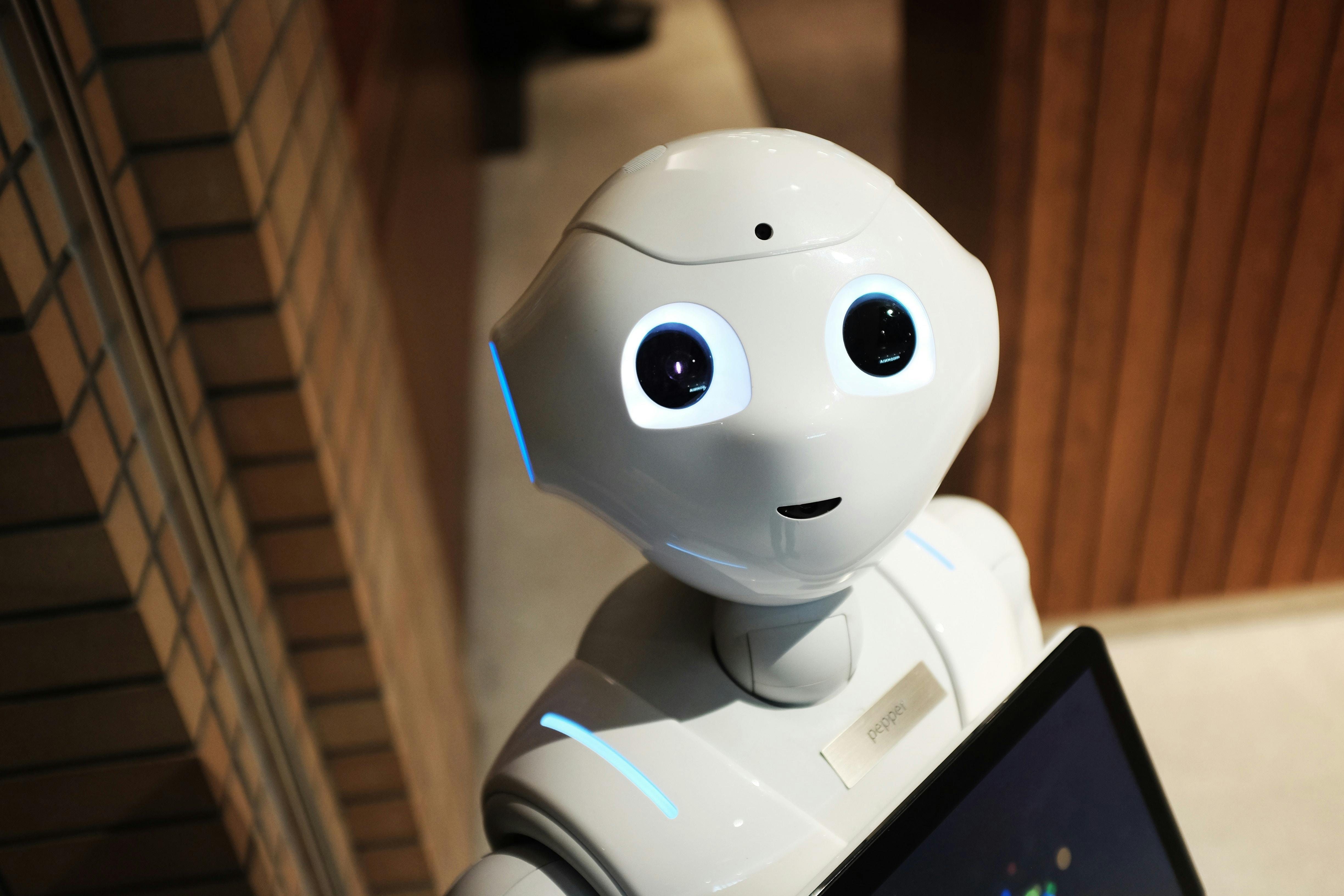Vibe Coding
Posted on June 12, 2025

Vibe Coding: The Art of Programming with Flow and Creativity
What is Vibe Coding?
Vibe coding is an approach to programming that emphasizes flow state, creativity, and intuitive problem-solving. It's about creating an environment and mindset that allows developers to code efficiently while maintaining high energy and motivation. The concept focuses on the intersection of productivity, creativity, and well-being in software development.
Core Principles
1. Flow State Optimization
- Minimize distractions and interruptions
- Create comfortable, inspiring workspaces
- Use tools that enhance rather than hinder creativity
- Establish consistent routines and rituals
2. Creative Problem Solving
- Approach coding challenges with curiosity
- Embrace experimentation and iteration
- Use visual thinking and mind mapping
- Combine logical and creative thinking
3. Energy Management
- Work during peak energy hours
- Take regular breaks to maintain focus
- Use music, lighting, and environment to enhance mood
- Practice mindfulness and stress management
Essential Tools for Vibe Coding
Development Environment
- VS Code Extensions: Material Theme, Bracket Pair Colorizer, Auto Rename Tag
- Terminal Customization: Oh My Zsh, Powerlevel10k, custom aliases
- Window Management: Rectangle (macOS), FancyZones (Windows), i3wm (Linux)
Productivity Tools
- Pomodoro Timers: Focus@Will, Forest, Be Focused
- Note-taking: Notion, Obsidian, Roam Research
- Task Management: Todoist, Things, Microsoft To-Do
Creative Inspiration
- Music Platforms: Spotify (coding playlists), Brain.fm, Focus@Will
- Visual Tools: Figma, Canva, Dribbble for UI inspiration
- Learning Platforms: YouTube, Twitch (coding streams), Discord communities
Vibe Coding Techniques
1. Environment Setup
# Create a personalized development environment
# Custom terminal prompt
export PS1="\[\033[36m\]\u\[\033[m\]@\[\033[32m\]\h:\[\033[33;1m\]\w\[\033[m\]\$ "
# Useful aliases for flow
alias gs="git status"
alias gp="git push"
alias gl="git log --oneline"
alias c="clear"
alias ..="cd .."
2. Workspace Rituals
- Morning Routine: Coffee/tea, music selection, goal setting
- Pre-coding: Environment check, tool preparation, intention setting
- During Coding: Regular breaks, hydration, posture awareness
- Post-coding: Documentation, reflection, planning for next session
3. Creative Problem-Solving Methods
- Mind Mapping: Visualize complex problems
- Rubber Duck Debugging: Explain code to inanimate objects
- Pair Programming: Collaborate for fresh perspectives
- Code Reviews: Learn from others' approaches
Music and Ambiance
Coding Playlists
- Lo-fi Hip Hop: ChilledCow, Lofi Girl
- Electronic: Tycho, Bonobo, Four Tet
- Classical: Bach, Mozart, Debussy
- Nature Sounds: Rain, forest, ocean waves
Ambient Tools
- Noise Generators: Noisli, A Soft Murmur
- Lighting: Philips Hue, LIFX smart bulbs
- Ergonomics: Standing desks, ergonomic chairs, proper lighting
Community and Learning
Online Communities
- Discord Servers: The Coding Den, Developer Community
- Reddit: r/programming, r/webdev, r/cscareerquestions
- Twitter: Follow #vibecoding, #codinglife, #devlife
YouTube Channels
- Coding with Flow: Traversy Media, The Net Ninja
- Creative Coding: Daniel Shiffman, The Coding Train
- Productivity: Ali Abdaal, Thomas Frank
Books and Resources
- "Deep Work" by Cal Newport
- "Flow: The Psychology of Optimal Experience" by Mihaly Csikszentmihalyi
- "The Pragmatic Programmer" by Andrew Hunt and David Thomas
- "Atomic Habits" by James Clear
Practical Examples
Setting Up a Vibe Coding Session
// Example: Creating a focused coding environment
const vibeCodingSetup = {
environment: {
lighting: "warm, dim",
music: "lo-fi beats",
temperature: "comfortable",
distractions: "minimized"
},
tools: {
editor: "VS Code with custom theme",
terminal: "customized with useful aliases",
browser: "minimal tabs open"
},
mindset: {
intention: "solve this problem creatively",
energy: "focused and relaxed",
approach: "iterative and experimental"
}
};
Creative Problem-Solving Example
# Example: Approaching a complex algorithm with creativity
def creative_solution_approach(problem):
"""
Vibe coding approach to problem solving
"""
# Step 1: Understand the problem deeply
problem_analysis = analyze_problem(problem)
# Step 2: Brainstorm multiple approaches
approaches = brainstorm_solutions(problem_analysis)
# Step 3: Prototype the most promising approach
prototype = create_prototype(approaches[0])
# Step 4: Iterate and refine
while not is_solution_optimal(prototype):
prototype = iterate_and_improve(prototype)
return prototype
Tips for Maintaining the Vibe
Daily Practices
- Start Small: Begin with 25-minute focused sessions
- Track Progress: Use tools like WakaTime, RescueTime
- Celebrate Wins: Acknowledge small achievements
- Learn Continuously: Stay curious and open to new approaches
Weekly Rituals
- Review and Reflect: Assess what worked and what didn't
- Plan Ahead: Set intentions for the coming week
- Connect: Engage with the coding community
- Rest: Take time to recharge and avoid burnout
Monthly Goals
- Skill Development: Learn one new technology or technique
- Project Completion: Finish at least one meaningful project
- Community Contribution: Share knowledge or contribute to open source
- Environment Upgrade: Improve your workspace or tools
Conclusion
Vibe coding is more than just a programming technique—it's a holistic approach to software development that prioritizes creativity, flow, and well-being. By creating the right environment, using appropriate tools, and maintaining a positive mindset, developers can achieve higher productivity while enjoying the coding process.
Remember, the goal isn't to code faster, but to code better while maintaining joy and creativity in the process. The best code often comes from a place of flow and inspiration rather than stress and pressure.
Additional Resources
Websites and Blogs
- Dev.to - Developer community and articles
- CSS-Tricks - Creative web development
- Smashing Magazine - Design and development insights
- A List Apart - Web standards and best practices
Podcasts
- Syntax - Web development discussions
- CodeNewbie - Stories from people on their coding journey
- Developer Tea - Short, focused episodes for developers
- The Changelog - Open source and software development
Courses and Workshops
- Creative Coding: Processing, p5.js, Three.js
- Game Development: Unity, Godot, Phaser
- Interactive Art: TouchDesigner, Max/MSP
- Web Animation: GSAP, Framer Motion, Lottie
Remember: The best vibe is the one that works for you. Experiment, iterate, and find your own unique approach to coding with flow and creativity.



